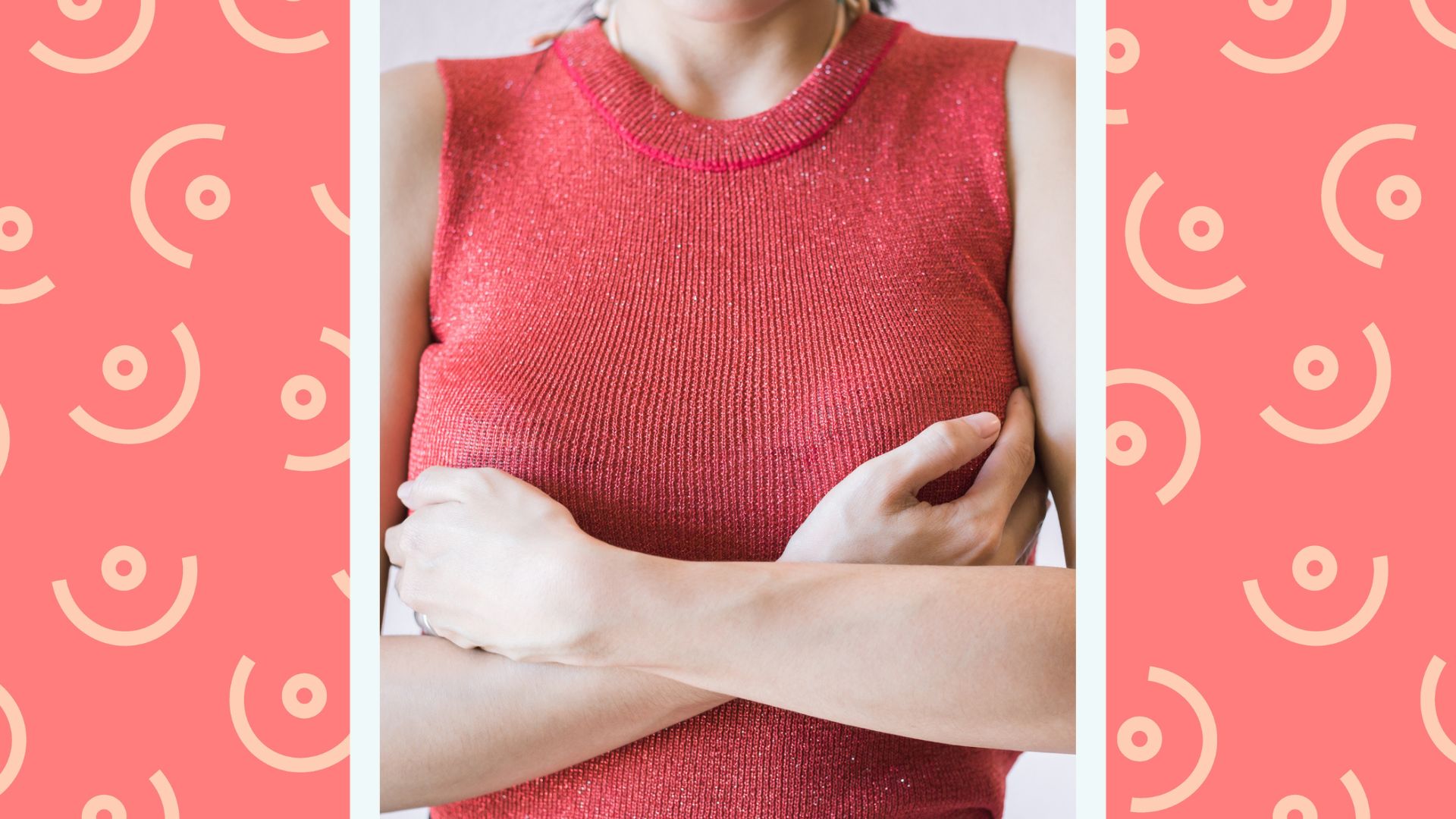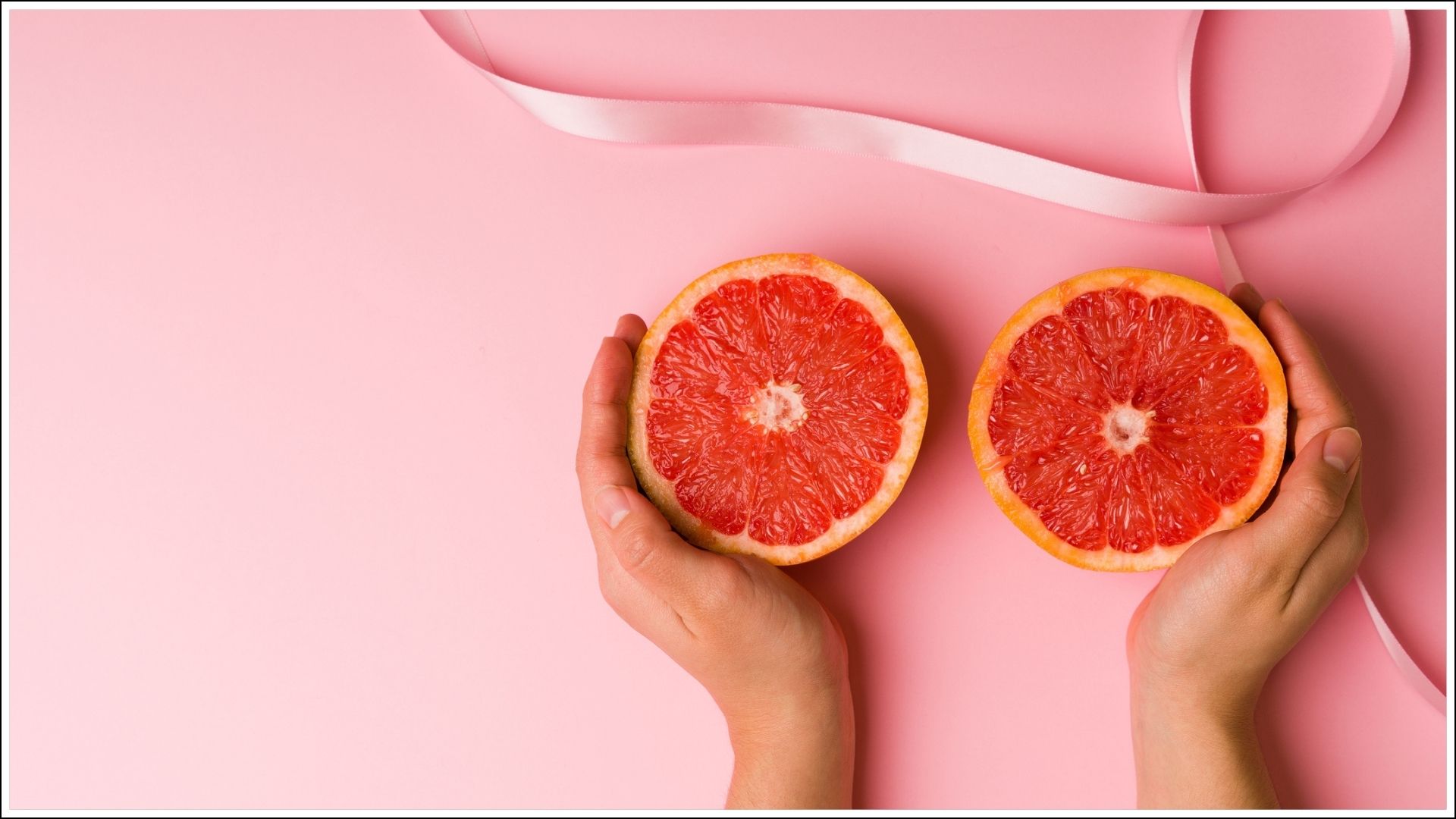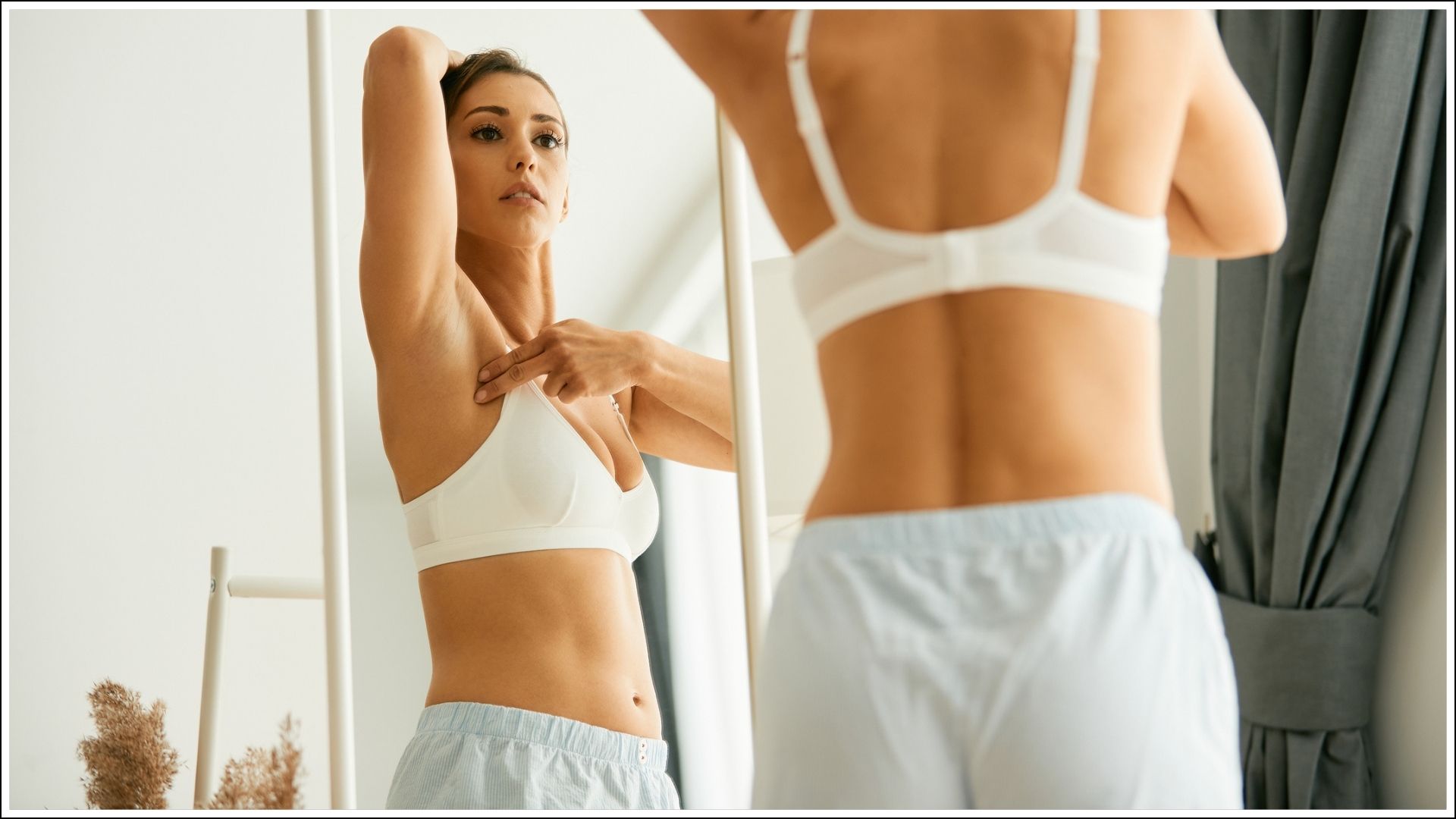All the questions you have about your boobs and breast cancer
We don't just have breast cancer questions in October. Here's what you need to know year-round

When was the last time you checked your boobs? The answer is probably not that recent. Because in a busy world in which we’re juggling so many aspects of our health—from clocking enough sleep with the best sleep trackers to moving our body and eating well—it can be easy to forget that keeping tabs on your breasts is arguably one of the most important aspects of wellness.
That’s because breast cancer is sadly more common than you think. In fact, it is the most prevalent form of cancer worldwide, with more than two million new cases diagnosed annually. This Breast Cancer Awareness Month, we’re encouraging you to get better acquainted with how your boobs look and feel regularly because catching the condition early is vital.
We’ve enlisted experts to reveal what signs of breast cancer to look out for—some being more well-known (lumps) than others (armpit pain)—and how often you should get handsy with your boobs. They’ll also clear up some other queries you may have, including whether the condition is genetic, and if using a particular deodorant or going braless might raise your risk.
And in case you have other women's health-related questions, check out our guides to what gynecologists want you to know and what dermatologists want you to know.
All the questions you have about your boobs and breast cancer

1. Should you be checking your breasts?
The short answer is: absolutely yes. “Breast cancer may be common, but it is one of the most manageable cancers with promising treatment options available if it's detected at an early stage,” says Dr. Chun Tang, medical director at Pall Mall Medical. “For this reason, it is vital that women check their breasts regularly for any changes.” It’s worth it—an estimated 40% of cases are diagnosed by women who have felt a lump.
But how often should you check? “It’s best to examine your breasts at least once a month, preferably after your period,” explains Dr. Tang. “If you do not experience periods, choose a specific day in the month and repeat.” If you’re over 50, you’re often eligible for regular mammograms or breast cancer screenings.
2. What are the signs of breast cancer to look out for?
You’ll likely know well that a lump in your breasts is something to be alert for—although it doesn’t automatically mean you have cancer.
“It can happen for all sorts of reasons,” notes Dr. Tang. “For example, many women experience tenderness and lumpiness at various times during their menstrual cycle, especially close to their period. This is why it’s important to be familiar with these natural changes so you can spot anything that’s out of the ordinary.”
However, if you find a lump, don’t hesitate to get a second opinion. “It’s important to see a doctor as soon as possible so they can determine if it’s something serious and any treatment can be planned quickly,” advises Dr. Tang. Look out for these other lesser-known signs, too:
- The breast area may be “lumpy” or the breast tissue may be unusually thick.
- Unusual pain either in the breast or armpit.
- Skin texture—this could be “dimpling” or “puckering” of the breast.
- The breast may change in shape or size—i.e. one breast may become larger or lower than the other.
- Change in color—the breast may be red or inflamed.
- Change in appearance or direction of the nipple—one nipple may become inverted when it normally points out.
- Nipple discharge from one or both breasts.
- Rash or crusting around the breast or surrounding areas.
3. How to check your boobs?
It’s worth knowing that there is no right or wrong way to do this. “The important thing is to get used to how your breasts normally look and feel so you can spot any changes quickly,” insists Dr. Tang. Follow his inspection checklist:
- Place both hands on either side of your body and look at your breasts for any signs of swelling, lumps or puckering, or swelling. Also, ensure you check the nipples for evidence of cracks or inversion.
- Next, place both hands above your head and look down at your breasts for any hidden swelling or lumps.
- Finally, place the palms of hands on either side of the hips—gently lean forward and look to identify any puckering or skin dimpling that wasn’t previously visible.
Then, don’t forget to do this, too:
- Use the three middle fingers of your hand to check the breast on the opposite side of your body. Ensure you use the palm of your fingers rather than the fingertips.
- It is useful to follow a pattern to ensure all areas are being checked, try moving in circular strokes from the nipple proceeding outwards.
- It’s important that the whole breast area is covered. This includes the collar bone area, breastbone area, under the breast and, finally, covering the entire armpit area.
- For the final stage of the palpation process, you should lie down with one hand above your head and gently palpate your breasts as above for any lumps.

4. Is breast cancer genetic?
This is a more complicated question. “Some cases of breast cancer are linked to certain genes, such as BRCA1 and BRCA2, but the majority of cases are not linked to any specific gene we know of so far,” explains Dr. Omar Tillo, plastic surgeon and medical director of the Creo Clinic. “A strong family history of breast cancer increases the chances of getting it, even with the absence of the genes we know of, which suggests that other unknown genes are likely to be related.” If breast cancer or ovarian cancer runs in your family, then speak to your doctor who may refer you for a genetics test.
However, it’s important to note that family history isn’t the only risk factor. “Women who are older are more likely to be diagnosed,” explains Dr. Tang. Additionally, a previous diagnosis of breast cancer, a previous non-cancerous breast lump, being tall, overweight or obese, drinking alcohol or smoking can also raise your risk.
5. Does deodorant cause breast cancer?
You may have noticed a certain buzz surrounding natural deodorants, and it is rooted in the idea that aluminum in some deodorants and sprays might affect cancer risk. “However, there is no good evidence to suggest a link,” insists Dr. Tang.
It is possible that you might be told to not use spray deodorants before going for a breast screening. “This is not because deodorants are dangerous, but because they can affect screening results,” adds Dr. Tang.
6. Does wearing a bra affect your chances of having breast cancer?
Something else you might not have considered is your bra-wearing habits. However, in terms of cancer risk, you need not worry if you’d rather free the nipple or feel most comfortable when nicely strapped into one of your best bralettes.
“There is no link between bra wearing or type of bra and breast cancer,” notes Dr. Tillo. This includes opting for an underwired bra, wearing a bra at night or not wearing a bra at all. Whatever makes you feel good!
Lauren is a freelance writer and editor with more than six years of digital and magazine experience. Most recently, she has been the Acting Commissioning Editor of Women's Health—where she co-produced the Going For Goal podcast—and has previously also written news and features for titles including The Telegraph, Grazia, Stylist, Dazed, The Sun's Fabulous, Yahoo Style UK and Get The Gloss. She covers all aspects of lifestyle, specializing in health, beauty, and travel. Can't live without: oat milk lattes, new podcast episodes, long walks, and great skincare.